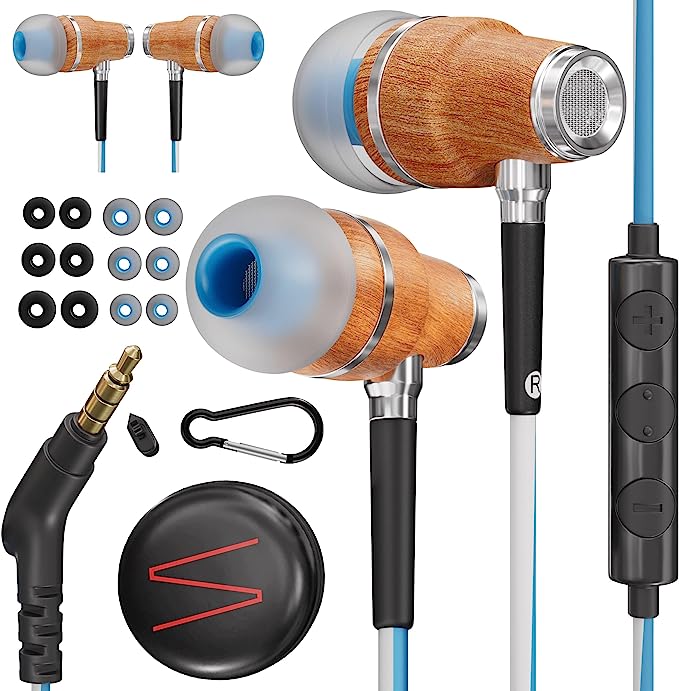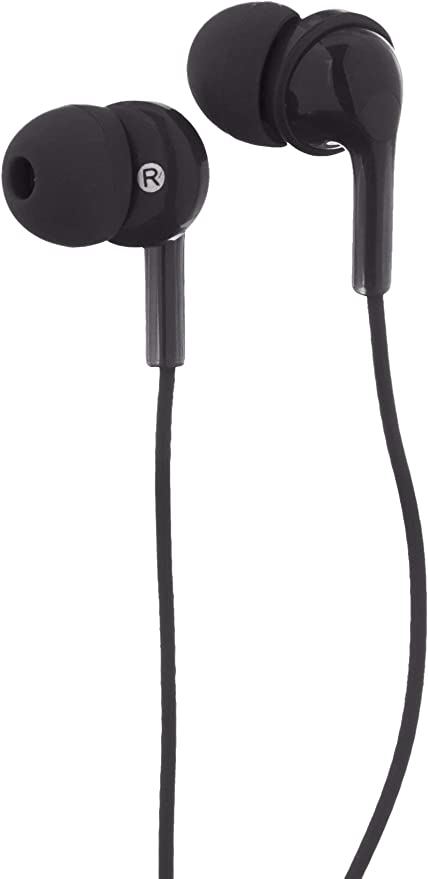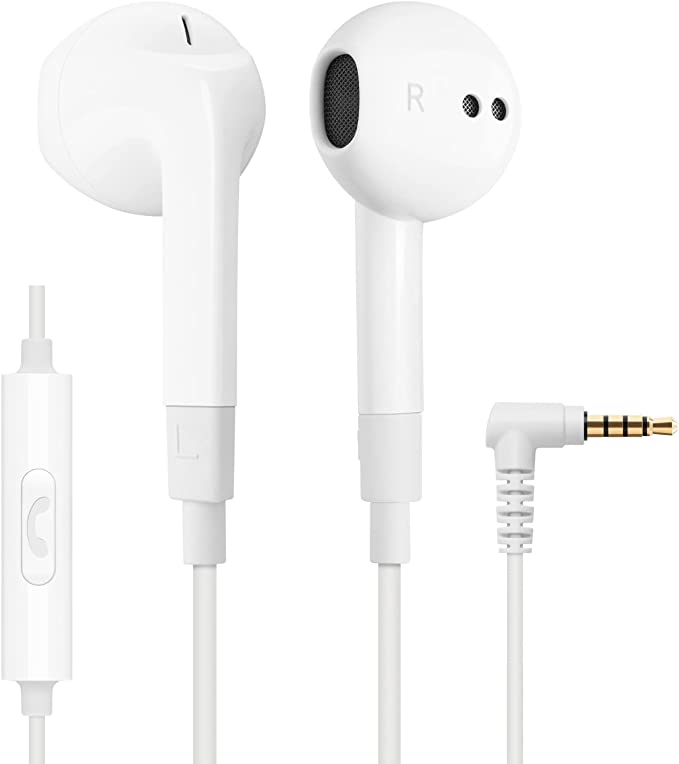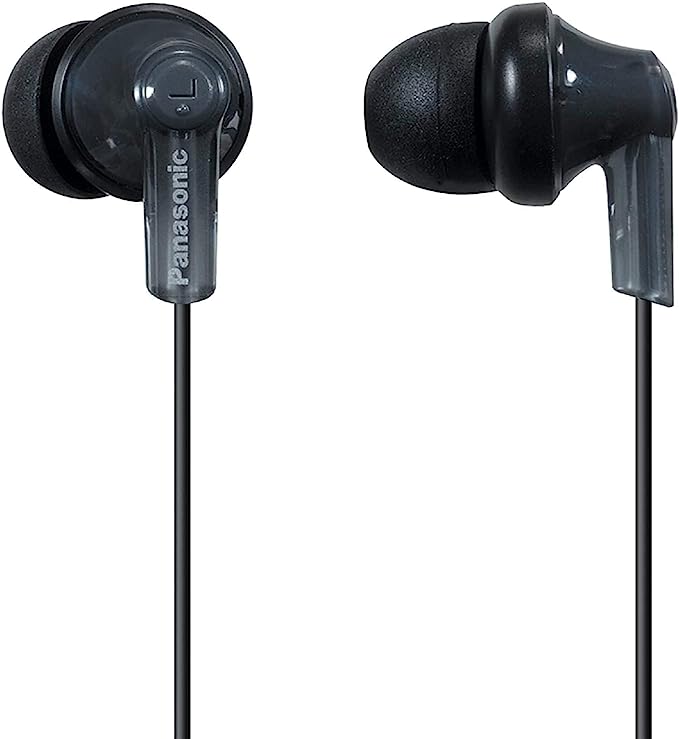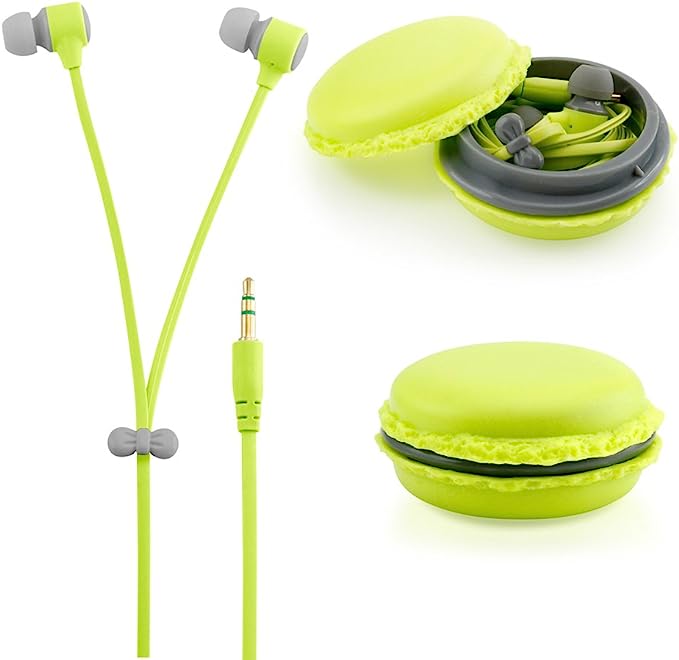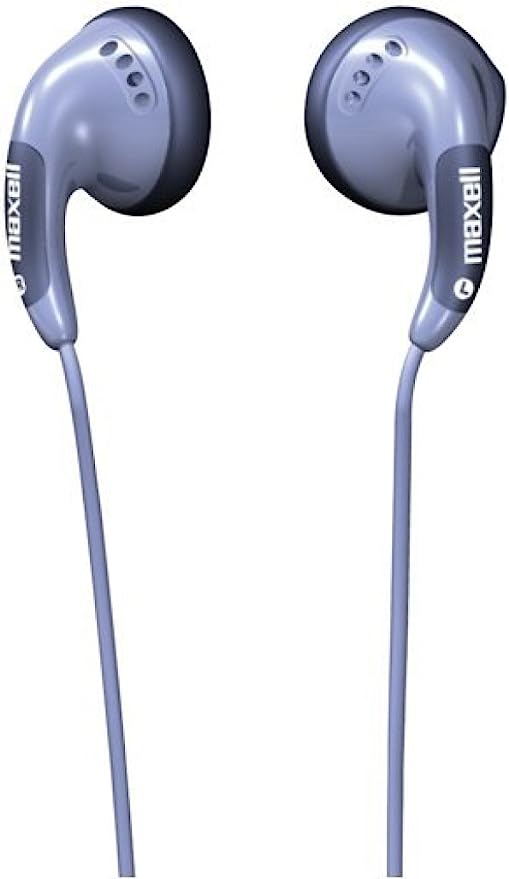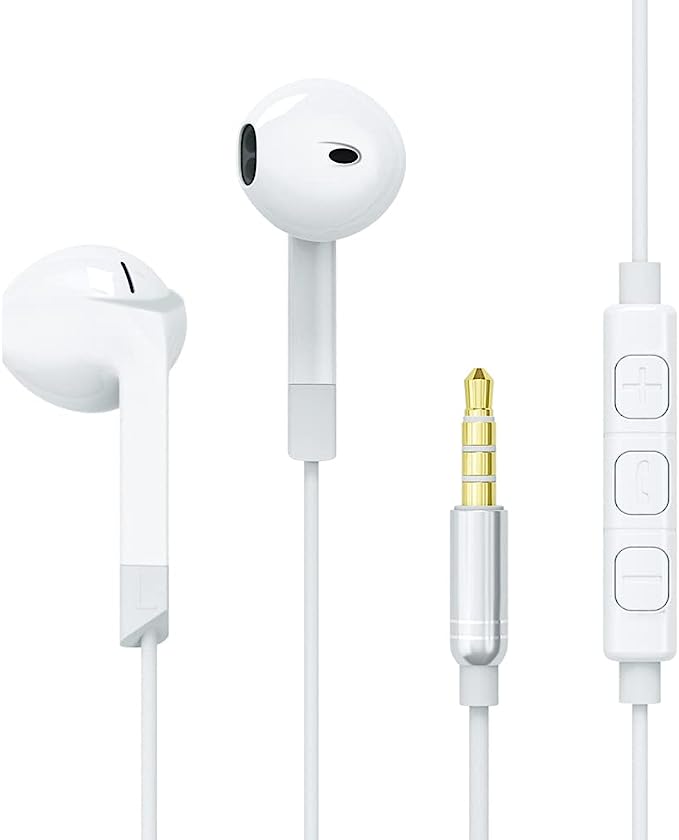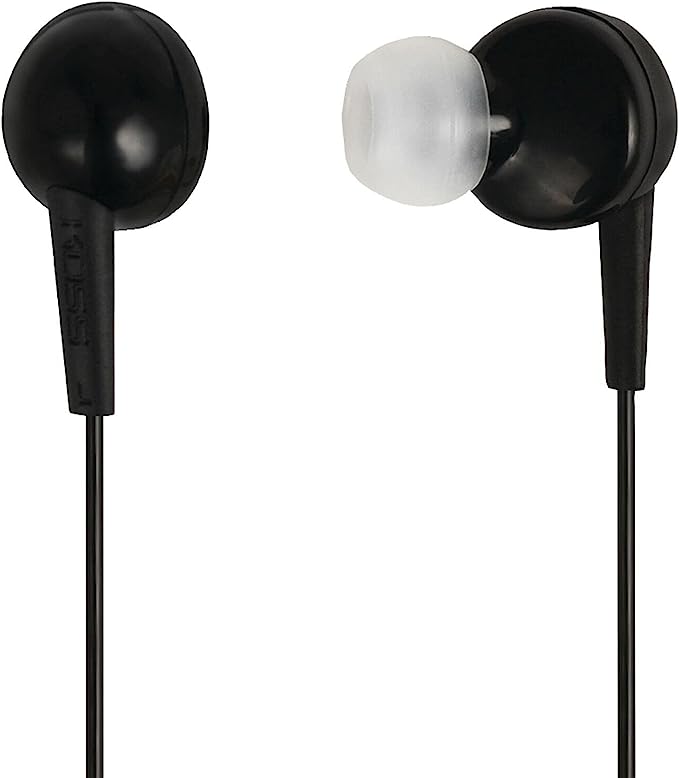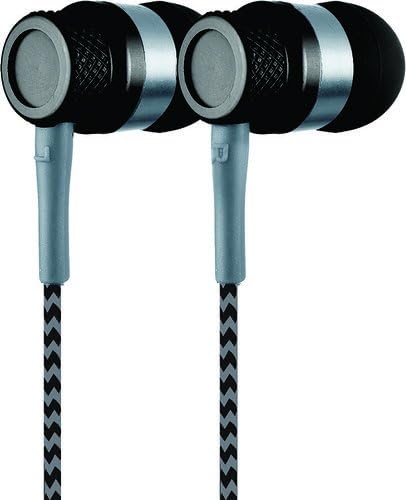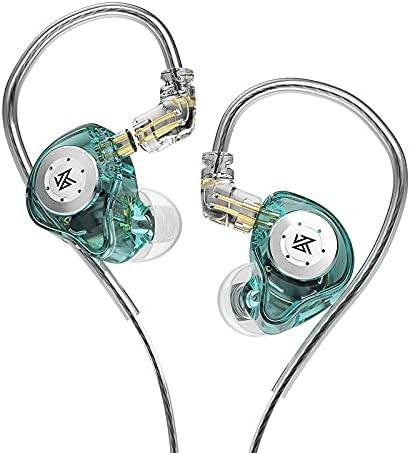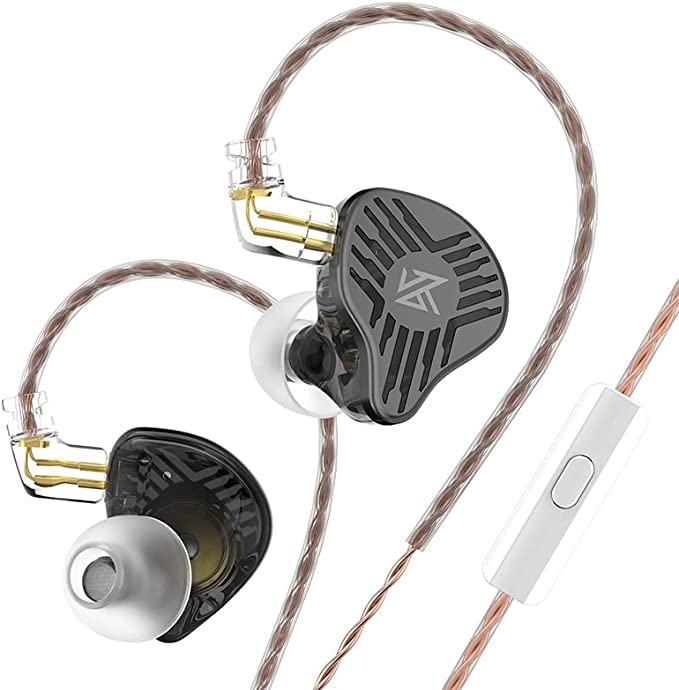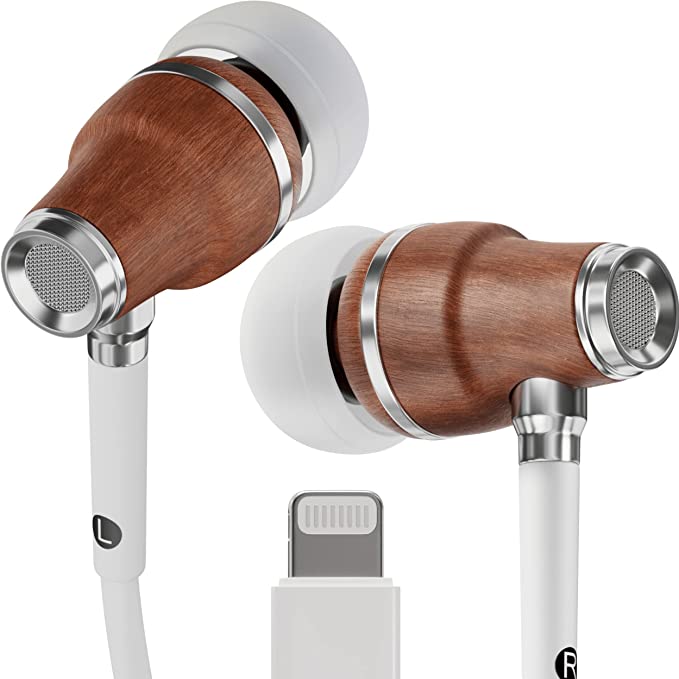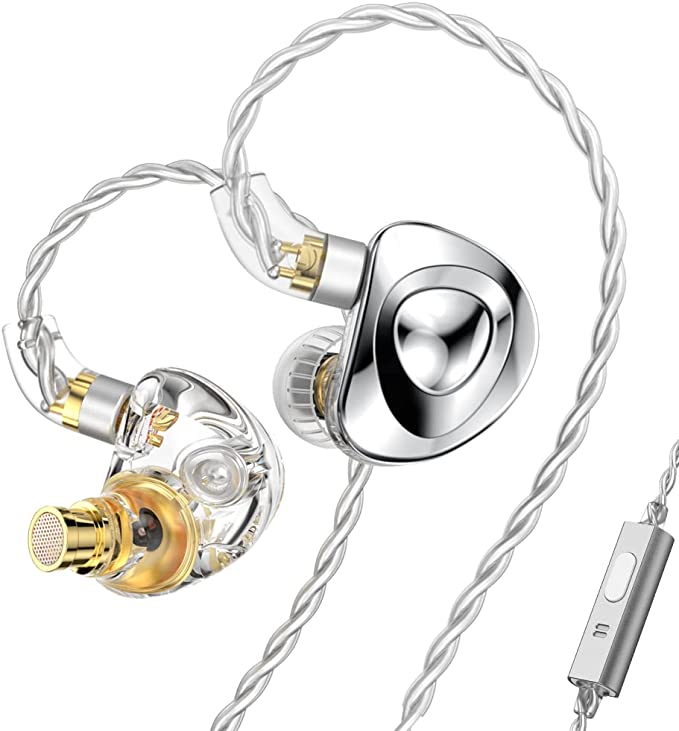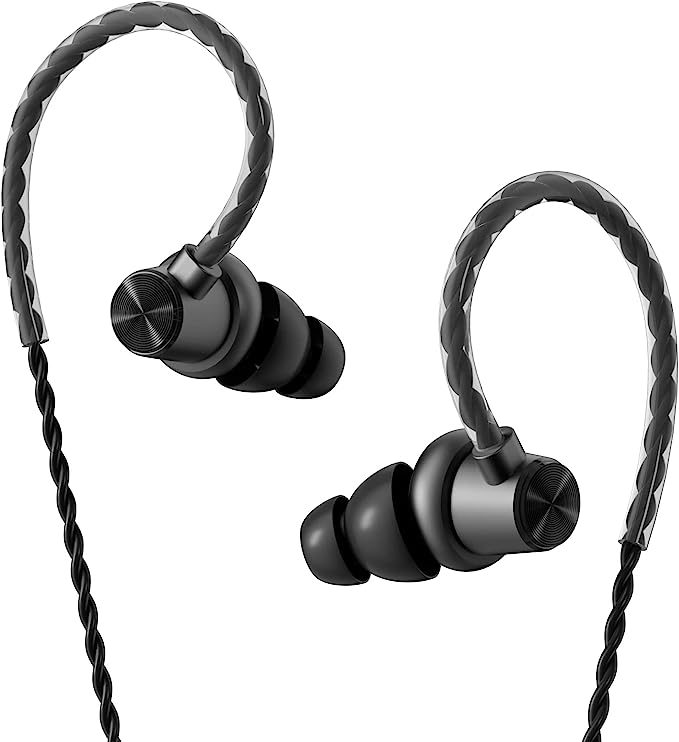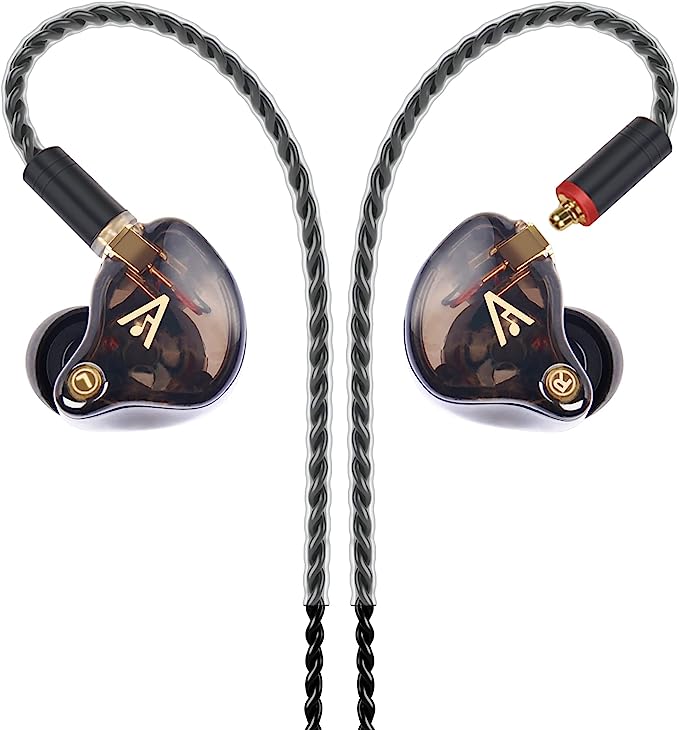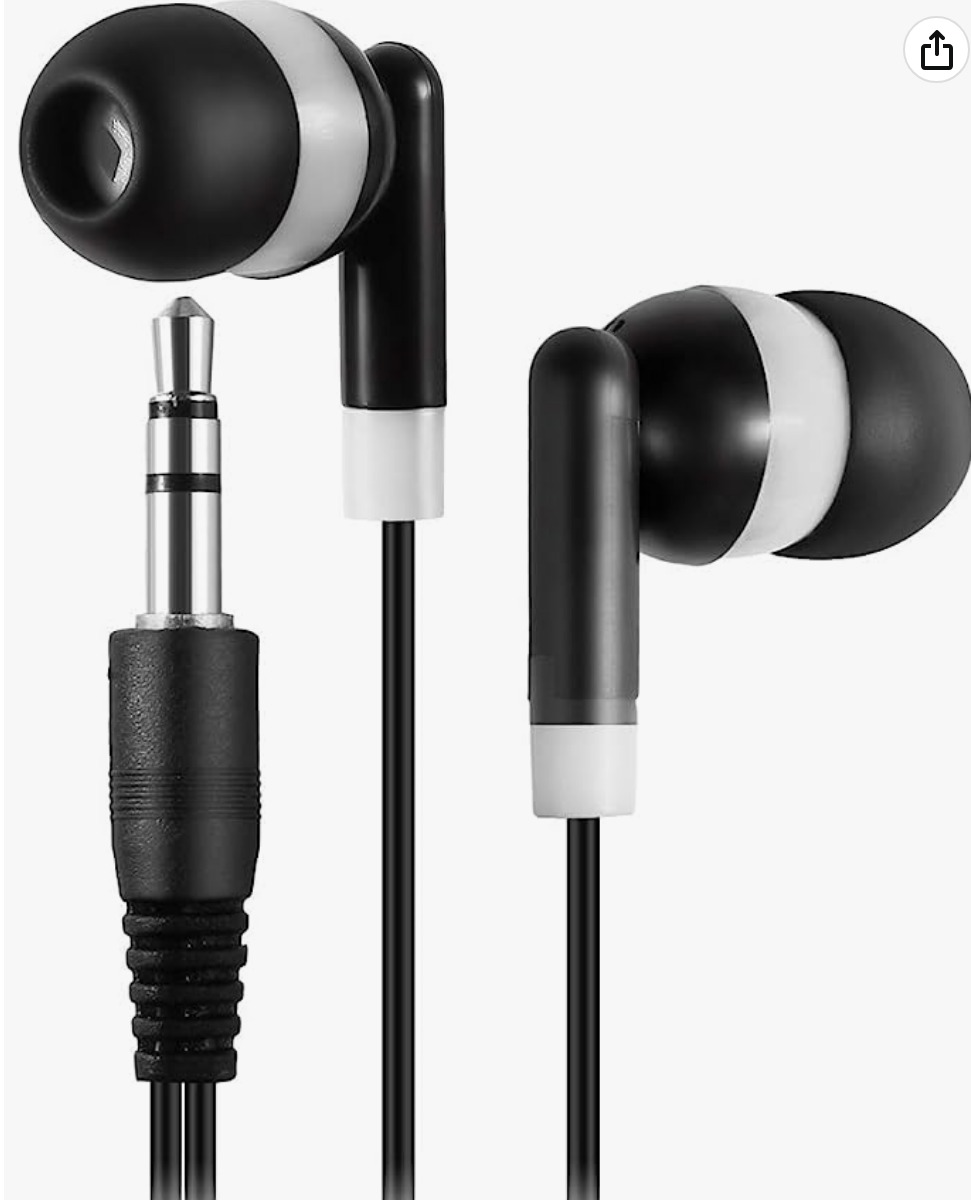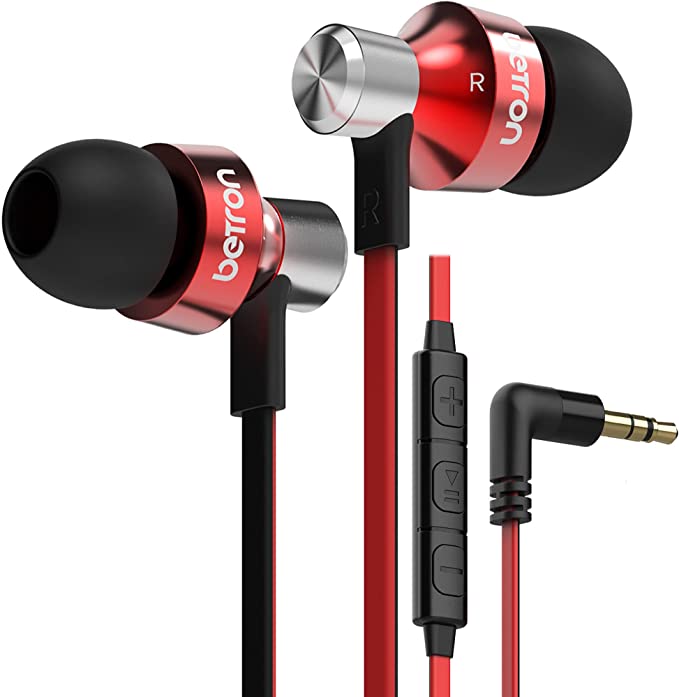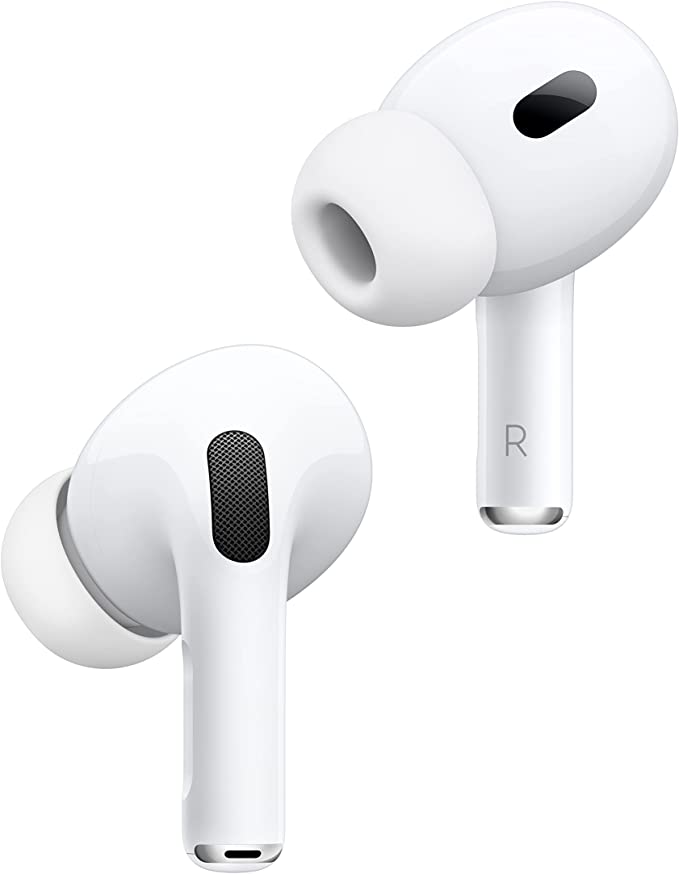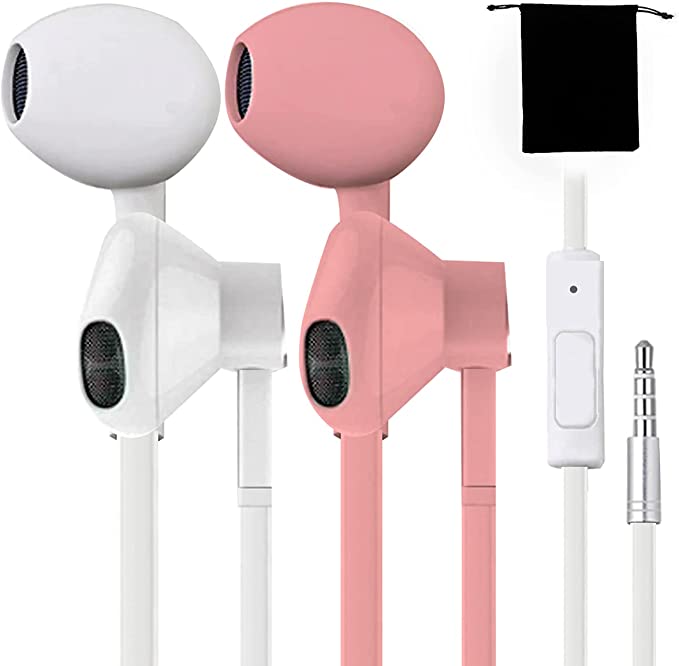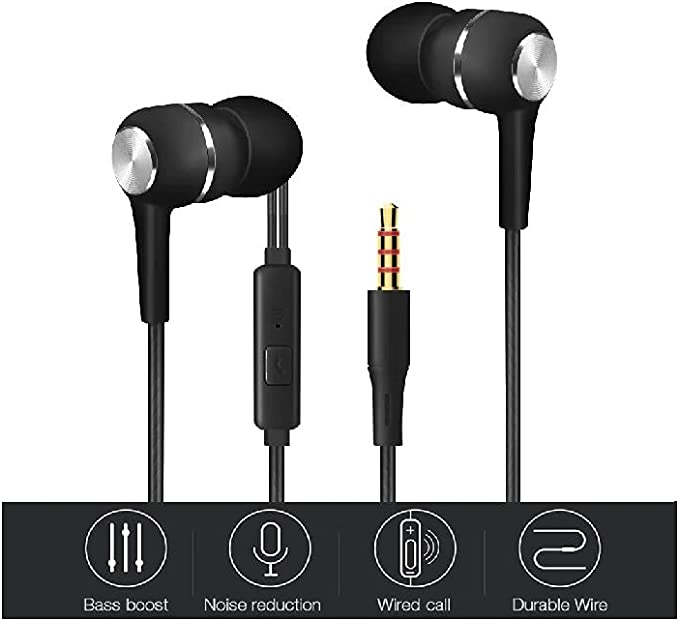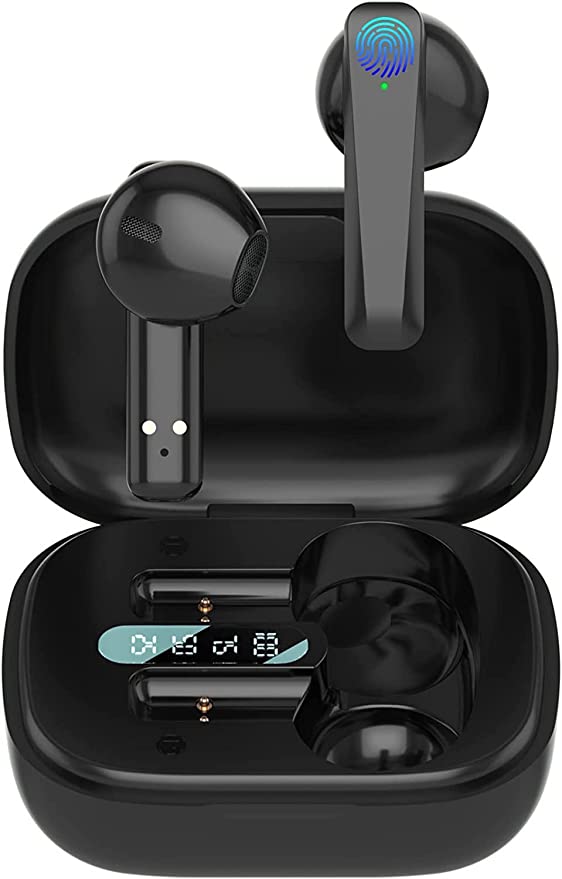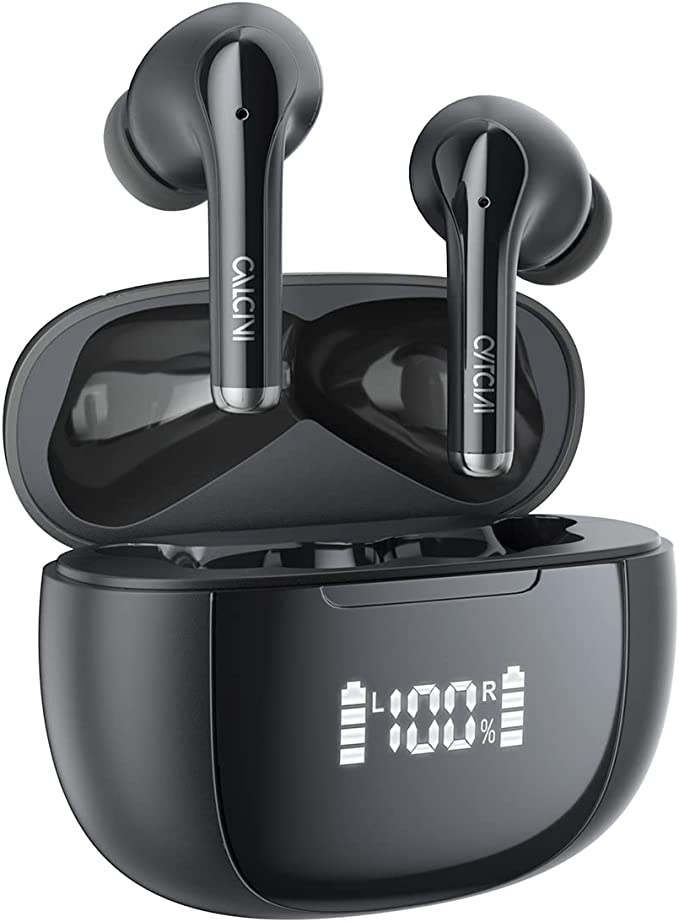YINYOO Kbear Little Q Earbuds: Sleep Soundly with Comfortable, Noise-Isolating Design
Update on March 21, 2025, 9:08 a.m.
We live in a world saturated with sound. From the constant hum of traffic to the incessant notifications on our smartphones, our auditory systems are bombarded with stimuli. While some sounds are pleasant and even necessary, much of what we hear is simply noise – unwanted sound that can disrupt our sleep, impair our concentration, and even impact our overall well-being. This isn’t just a modern inconvenience; our sensitivity to sound is deeply rooted in our biology.
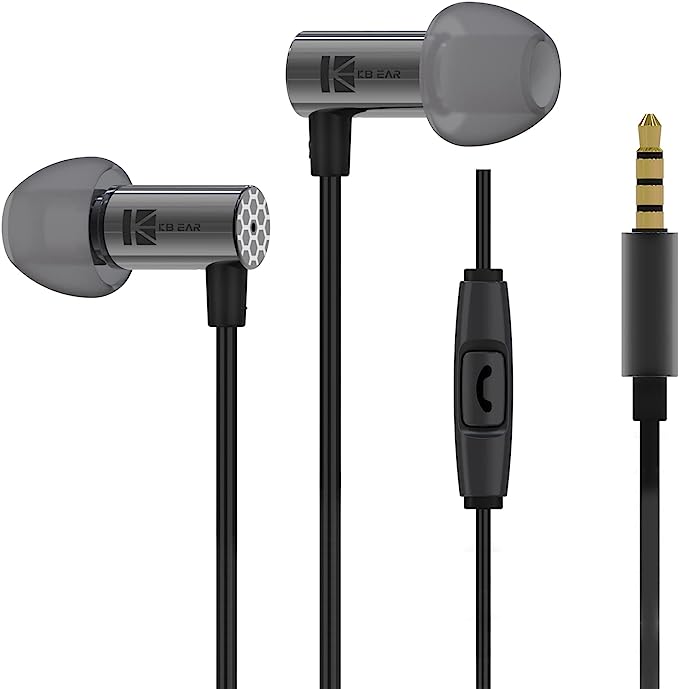
The Quest for Quiet: Why We Seek Silence
Our ancestors evolved in a relatively quiet world, where sudden noises often signaled danger. Our brains are still wired to react to these sounds, triggering a stress response that elevates heart rate and releases cortisol. Even low-level, continuous noise can interfere with our sleep cycles, preventing us from reaching the deep, restorative stages of sleep that are crucial for physical and mental health. Quiet, then, isn’t just a luxury; it’s a biological need. Deep, uninterrupted sleep allows our brains to consolidate memories, repair tissues, and regulate hormones.
Sound: The Invisible Wave
Before we dive into how earbuds can help us reclaim quiet, let’s understand the nature of sound itself. Sound is a form of energy that travels in waves. These waves are created by vibrations – anything from a plucked guitar string to a rumbling truck engine. These vibrations cause molecules in the air (or other mediums like water or solids) to compress and expand, creating a chain reaction that propagates outward.
Two key properties define a sound wave:
-
Frequency: This refers to the number of vibrations per second, measured in Hertz (Hz). Higher frequency means more vibrations per second, which we perceive as a higher-pitched sound. A low rumble might be around 50Hz, while a high-pitched whistle could be 10,000Hz or higher. The typical human hearing range is 20Hz to 20,000Hz, although this range can decrease with age and exposure to loud noises.
-
Amplitude: This refers to the intensity of the vibration, or the size of the pressure wave. We perceive amplitude as loudness, and it’s measured in decibels (dB). A whisper might be around 20dB, while a jet engine could be 140dB or more. Prolonged exposure to sounds above 85dB can cause hearing damage.
The Human Ear: A Marvel of Engineering
Our ears are incredibly sophisticated instruments designed to capture and interpret these sound waves. Imagine (because we can’t include images here, create a vivid word-picture) the ear divided into three main sections:
- Outer Ear: This includes the visible part of the ear (the pinna) and the ear canal. The pinna’s shape helps to funnel sound waves into the ear canal.
- Middle Ear: This air-filled chamber contains three tiny bones – the malleus (hammer), incus (anvil), and stapes (stirrup). These bones act as a lever system, amplifying the vibrations from the eardrum (tympanic membrane) and transmitting them to the inner ear.
- Inner Ear: This contains the cochlea, a fluid-filled, snail-shaped structure lined with thousands of tiny hair cells. These hair cells are sensitive to different frequencies of sound. When the vibrations reach the cochlea, they cause the fluid to move, bending the hair cells. This bending triggers electrical signals that travel along the auditory nerve to the brain, where they are interpreted as sound.
Passive Noise Isolation: Blocking the Unwanted
Now that we understand how we hear, let’s explore how we can reduce unwanted sound. Passive noise isolation is the simplest method. Unlike active noise cancellation, which uses electronic circuitry to generate opposing sound waves, passive isolation relies on physical barriers to block sound waves from reaching the ear. Think of it like closing a window to muffle street noise. The more airtight the seal, the more effective the noise reduction.
The effectiveness of passive noise isolation depends on several factors:
- Material Density: Denser materials are better at blocking sound. This is why heavy curtains are more effective at soundproofing a room than thin ones.
- Seal: A tight seal is crucial. Any gaps or leaks will allow sound to pass through.
- Thickness: Thicker materials generally provide better isolation.
The Kbear Little Q: Designed for Sound (and Silence)
The YINYOO Kbear Little Q earbuds are engineered with these principles of passive noise isolation in mind. Let’s examine how their design contributes to both sound quality and noise reduction:
-
Small Size and Comfort: The compact, lightweight design of the Little Q isn’t just about aesthetics. The small size allows the earbuds to fit snugly within the ear canal, creating a better seal than larger, bulkier earbuds. The aluminum alloy cavity, while durable, is also lightweight, minimizing pressure on the ear for all-night comfort. This is particularly important for side sleepers.
-
The 6mm Driver: A Closer Look: Inside each earbud is a 6mm dynamic driver. The driver is the component that converts electrical signals into sound waves. The “6mm” refers to the diameter of the diaphragm, the thin, flexible membrane that vibrates to produce sound. A composite diaphragm, as used in the Little Q, is made from multiple materials, each chosen for its specific acoustic properties. The precise materials used are, it can be inferred they likely include a combination of materials like PET (polyethylene terephthalate) for stiffness and PU (polyurethane) for flexibility. This combination allows for a balanced sound signature, with clear highs, detailed mids, and a surprisingly present bass response for such a small driver.
-
Material Choices: Aluminum, OFC Copper, PVC: Each material in the Little Q is chosen for a reason. The aluminum alloy cavity provides rigidity and helps to minimize unwanted resonances that can distort the sound. The Oxygen-Free Copper (OFC) wire ensures a clean signal transmission from your device to the earbuds, minimizing signal loss and interference. The thickened PVC cable jacket not only adds durability but also helps to reduce microphonics – the unwanted noise created when the cable rubs against clothing or other objects.
-
Wired vs. Wireless: A Deliberate Choice: While wireless earbuds are increasingly popular, the Little Q’s wired design is a deliberate choice for sleep and focused listening. Wireless earbuds rely on batteries, which inevitably run out. They also rely on a Bluetooth connection, which can sometimes be unstable. A wired connection offers consistent, uninterrupted audio, eliminating the anxiety of a dead battery or dropped connection in the middle of the night or during an important task.
Frequency Response and Sound Signature
The frequency response of an earbud or headphone describes how well it reproduces sounds across the audible spectrum (20Hz to 20kHz). A “flat” frequency response means that all frequencies are reproduced at roughly the same level. However, many headphones and earbuds are tuned to have a specific sound signature – emphasizing certain frequencies over others. The Little Q, while not perfectly flat, is designed to have a balanced sound signature that’s well-suited for vocals, acoustic music, and general listening. The focus is on clarity and a natural sound, rather than exaggerated bass or overly bright highs.
Impedance and Sensitivity
- Impedance (32Ω): Impedance is a measure of how much a device resists the flow of electrical current. It’s measured in ohms (Ω). Lower impedance headphones (typically under 50Ω) are easier to drive, meaning they can achieve a louder volume with less power. The Little Q’s 32Ω impedance makes it compatible with a wide range of devices, including smartphones, tablets, and laptops, without requiring a separate headphone amplifier.
- Sensitivity (118dB): Sensitivity measure how efficiently an earbud converts electrical signal into sound.
A Simple Experiment: Test Your Own Noise Isolation
Let’s put the principles of passive noise isolation to the test with a slightly more rigorous experiment than the previous draft:
-
Gather Materials: You’ll need the Little Q earbuds with their silicone ear tips, a pair of foam earplugs (the kind you might find at a drugstore), and optionally, a pair of over-ear headphones. You’ll also need a source of consistent noise – a white noise app on your phone or a fan running in the background.
-
Control: First, listen to the noise source without any earplugs or headphones. Note the perceived loudness.
-
Foam Earplugs: Insert the foam earplugs according to the manufacturer’s instructions. Note the change in loudness.
-
Little Q Earbuds (Small Tips): Insert the Little Q earbuds with the smallest silicone ear tips. Note the change in loudness.
-
Little Q Earbuds (Medium Tips): Repeat with the medium ear tips.
-
Little Q Earbuds (Large Tips): Repeat with the large ear tips.
-
(Optional) Over-Ear Headphones: If you have them, put on the over-ear headphones and note the difference.
-
Analyse: Compare your result.
You’ll likely find that the best-fitting silicone ear tips for your ears provide a level of noise isolation comparable to, or even better than, the foam earplugs. This demonstrates the importance of a good seal.
Beyond Sleep: Other Uses
While the Little Q earbuds are excellent for sleep, their small size, comfort, and balanced sound make them versatile for other situations:
- Focusing: Blocking out distracting noises in a busy office or co-working space.
- Studying: Creating a quiet environment for concentration.
- Commuting: Reducing the rumble of trains or buses.
- Relaxation: Listening to calming music or ambient sounds.
- Air Travel: Reduce the airplane engine noise.
The Importance of Fit: Getting the Most Out of Your Earbuds
The effectiveness of any earbud, especially for passive noise isolation, depends heavily on achieving a proper fit. The Little Q comes with three sizes of silicone ear tips (small, medium, and large). Experiment with each size to find the one that creates the best seal in your ear canal. The ear tip should feel snug but not uncomfortable. You should feel a slight pressure change when you insert the earbud correctly, indicating a good seal.
Conclusion: Sound Science, Better Sleep, and Improved Focus
The YINYOO Kbear Little Q earbuds are more than just a simple pair of wired earphones. They’re a thoughtfully designed tool that leverages the principles of sound science to provide a comfortable and effective way to manage your auditory environment. By understanding how sound travels, how we hear, and how passive noise isolation works, we can appreciate the engineering that goes into creating a product that promotes better sleep, improved focus, and a greater sense of tranquility in our increasingly noisy world.
